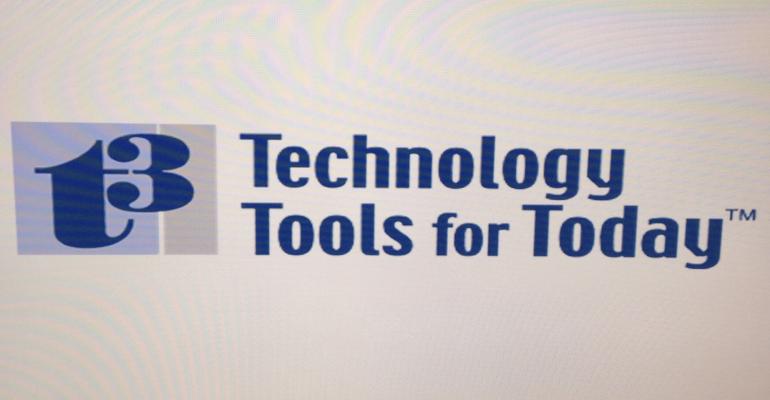With an ever-increasing amount of technology vendors vying for wealth managers’ budgets, it can be confusing and often intimidating for the registered investment advisor trying to find a new tool that works and is affordable.
David Girmann, a consultant with Strategy & Resources, said the process can be like “chasing squirrels.”
So the Technology Tools for Today (T3) Conference, perhaps the largest industry event focused solely on wealth management technology, kicked off Wednesday in Ft. Lauderdale, Florida, with a panel of consultants offering advice on buying, implementing and adopting technology, and what can happen if it goes wrong.
“When I walk into one these conferences, especially the exhibit halls… I find it overwhelming,” said Matt Lynch, the managing partner of Strategy & Resources. Although new technology can help a firm improve its operational efficiency, Lynch said it always leads to at least some buyer’s remorse.
“More often than not it’s a disruption to the business, at least in the [short] term,” Lynch said, adding that its not the tool’s fault, but the process of implementing change. “It disrupts the ongoing growth; creates friction among teams of employees and managers and senior folks in the firm.”
Lynch said he has data showing that despite an increased spending on technology, there isn’t much improvement in terms of margins. And this can devastate a smaller firm making a large investment in a new tech product.
San Francisco area-based consultant Mark Lopez said there are four common pitfalls when it comes to advisors and technology: not spending enough time on due diligence with tech vendors; underestimating integration time; thinking about the staffing and project management aspect of implementation; and getting advisors to actually adopt the technology.
Every RIA has different goals with technology, said Marion Asnes, the president of New York-based consultancy Idea Refinery. She recommended advisors narrow them down to a single, most-important priority by examining the structure of the firm (for example, teams versus individuals) and needs of the client.
“Then the question that comes after that is, ‘how can I deploy technology to accomplish the mindless tasks I don’t want to do so I can free to do the real work,’” Asnes said. “Then, you’re going to have a real plan for deploying technology.”
Not every firm can or should be an early adopter. For some, the first step in the plan would be hiring the right person, or making the right partnership, to guide the firm in the digital age. Advisors might even need to adjust their thinking on the kind of advisors they hire.
“The biggest problem that I see is that less than 5 percent of firms have anyone on their team that has the instinct to really drive change with technology,” said Marty Miller, a practice management coach and owner of Clear Path Consulting. Miller said in her experience, at least 90 percent of team members at RIAs are great at fact finding and following up, but resistant to change. And that includes millennials, so don’t assume a young hire will instantly know the way forward with technology.
Resistance to change leads to stress when change eventually happens, and this stress can lead to a failed implementation.
Lynch this can be avoided with better planning and just thinking more about what the new technology will replace on both the human and digital levels. Firms not experienced with technology tend to underestimate the challenge of implementation and the impact that even minor changes can have on a team. Advisors need to assess where they stand today and really decide if new technology is a need or a nice-to-have.





